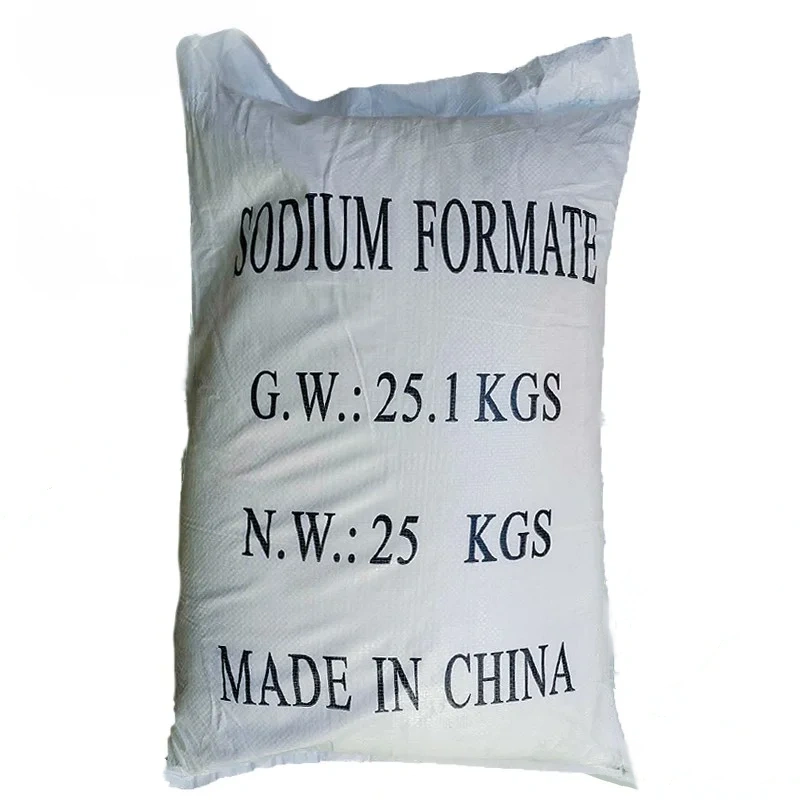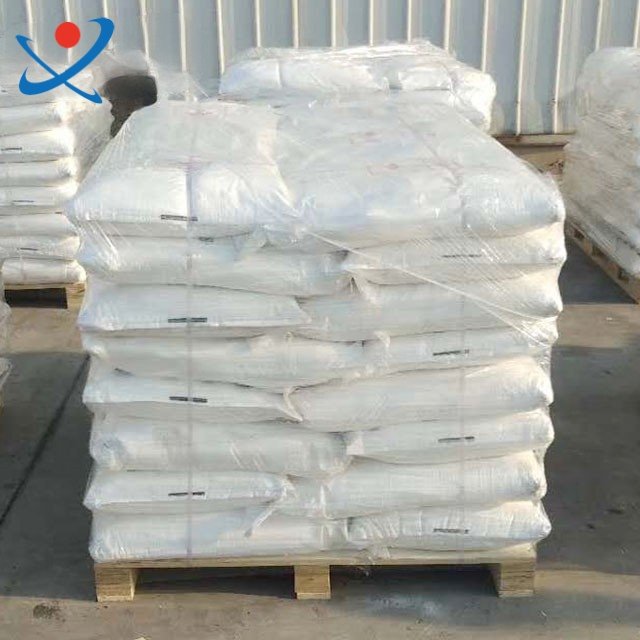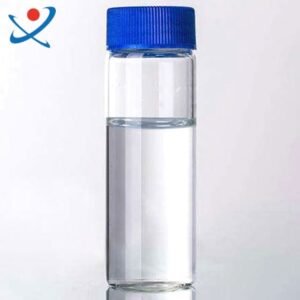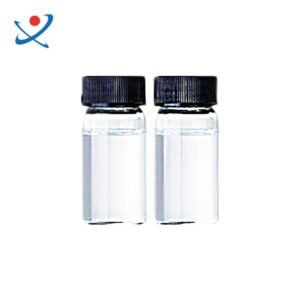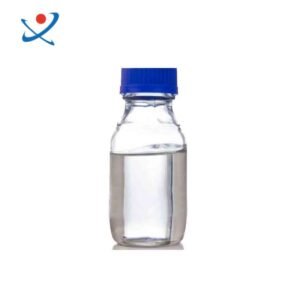| Advantages * PhD research and development team * Frontline production,optimal price * 24/7 online customer service * Professional after-sales engineer online service |
| Classification | Sodium Organic Salt | CAS No. | 141-53-7 |
| Other Names | Formic Acid Sodium Salt | MF | HCOONA |
| EINECS No. | 205-488-0 | Place of Origin | Shandong, China |
| Grade Standard | Feed Grade,Industrial Grade | Purity | 92% 95% 97% 98% |
| Appearance | White Powder | Application | Leather/Oil Drilling/Snow-melting Agent |
| Brand Name | Shandong Xuchen | Model Number | 92% 95% 97% 98% |
| Port of loading | Qingdao,Tianjin,Shanghai | Packing | 25KG/1000KG Bag |
| Sample | Available | HS Code | 2915120000 |
| Process | Synthetic method/By-product method | Certificate | ISO SGS COA MSDS |
| Molecular Weight | 68.01 | Mark | Customizable |
| Density | 1.92g/cm3 | Quantity | 20-26MTS/20`FCL |
Sodium formate, with the CAS number 141-53-7, is an organic sodium salt that serves various industrial and laboratory purposes. Here are the key details regarding its properties, preparation, and applications:
Properties
Chemical Formula: HCOONa
Molecular Weight: 68.01 g/mol
Appearance: Typically appears as a white deliquescent powder.
Purity: Commercially available sodium formate often has a purity of ≥95% to ≥99% depending on the supplier.
Preparation
Sodium formate can be synthesized through several methods:
Neutralization Reaction: It is commonly produced by neutralizing formic acid with sodium hydroxide:
HCOOH + NaOH —HCOONa + H2O
Carbon Monoxide Reaction: Another method involves the reaction of carbon monoxide with sodium hydroxide under specific conditions (high temperature and pressure):
CO + NaOH–HCOONa
By-product Formation: Sodium formate is also generated as a by-product in the synthesis of pentaerythritol and during the crossed Cannizzaro reaction of formaldehyde.
Applications
Sodium formate has a wide range of applications across various industries:
Buffering Agent: It is used as a buffering agent in chemical reactions, particularly to stabilize pH levels in solutions.
Textile Industry: Sodium formate is utilized in dyeing and printing processes, as well as in leather tanning, where it acts as a tanning agent.
De-icing Agent: It serves as a non-corrosive de-icing agent for roads and runways, effectively melting ice without damaging asphalt surfaces.
Laboratory Use: In structural biology, sodium formate is employed as a cryoprotectant in X-ray diffraction experiments on protein crystals, helping to minimize radiation damage.
Food Additive: It is recognized as a food additive (E237) and is used in various food processing applications.
Overall, sodium formate is a versatile compound with significant industrial relevance, particularly in chemical synthesis, textile processing, and environmental applications.

